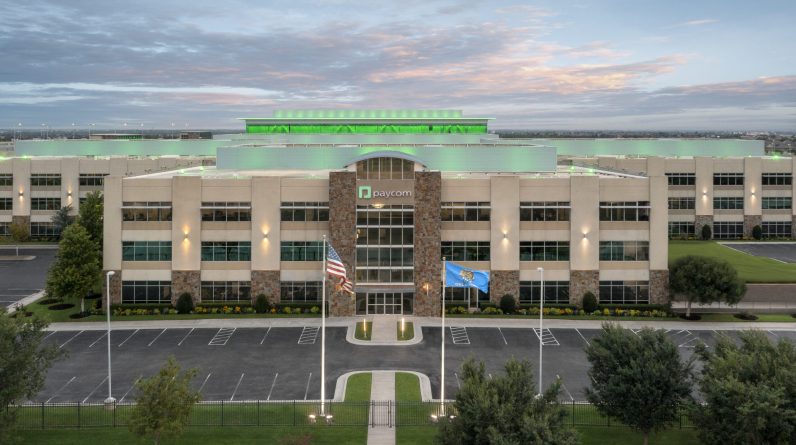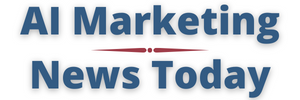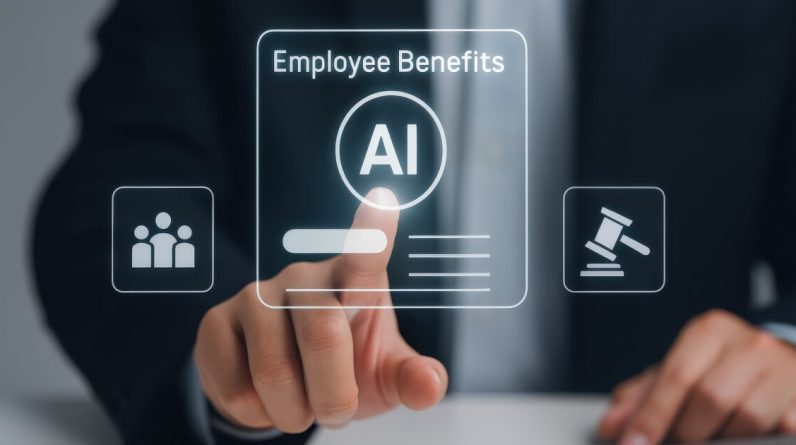
Listen to this article
Summary:
– Paycom announces first mass layoffs in company history.
– 500 non-client roles cut, replaced by AI automation.
– Company pledges severance, still hiring in sales, service.
Artificial intelligence continues to reshape industries, and Oklahoma-based Paycom has become the latest large company openly acknowledging the impact of automation on its workforce.
The HR and payroll software company on Wednesday announced its plans to lay off more than 500 employees at its Oklahoma City headquarters and replace them with automated artificial intelligence.
This is the first major workforce reduction in Paycom’s history; the company cited “efficiencies in advanced automation and AI-driven technologies” as the reason for the layoffs.
“The updates impact only non-client-facing roles that have been automated, while client-facing roles remain focused on the high-touch, relational service for which Paycom is known,” the company said in a news release.
“As part of its strategy, Paycom has made significant investments to automate core business systems, improve operational scalability and accelerate innovation, which ultimately increases client satisfaction.”
These investments, the company said, have created new efficiencies and reduced the need to backfill or hire for roles that can be automated.
Paycom has pledged to offer severance packages, outplacement services and internal job opportunities to those whose positions were eliminated. The company also emphasized that it continues to actively recruit and hire across sales, software, implementation and service roles.
Changing landscape for some workers
The move highlights a much-anticipated shift in corporate strategy of prioritizing automation over human labor.
“Analyzing databases detailing the task content of over 900 occupations, our economists estimate that roughly two-thirds of U.S. occupations are exposed to some degree of automation by AI,” Goldman Sachs economists Joseph Briggs and Devesh Kodnani wrote in a recent report.
“Shifts in workflows triggered by these advances could expose the equivalent of 300 million full-time jobs to automation,” Briggs and Kodnani wrote.
Here are some major corporations that recently have announced layoffs due to artificial intelligence and automation.
– Accenture has laid off over 11,000 employees in recent months, citing AI adoption and restructuring.
– IBM replaced 200 HR roles with AI chatbots, while maintaining overall headcount through reinvestment.
– Swedish fintech Klarna reduced its workforce from 5,000 to 3,000, with its CEO openly attributing the cuts to AI transformation.
– Intel plans to eliminate up to 25,000 jobs globally, shifting focus to AI-centric manufacturing.
– Microsoft has laid off 15,000 employees, redirecting resources to AI initiatives like Copilot and OpenAI.
– Amazon cut 14,000 jobs, citing automation in fulfillment centers and corporate restructuring.
Even the U.S. government is embracing automation and outsourcing. The Department of Government Efficiency (DOGE) reportedly terminated over 61,000 federal workers this year alone.
Policy experts are now calling for updates to the WARN Act to better protect workers from AI-driven displacement. The WARN Act (Worker Adjustment and Retraining Notification Act) requires employers with 100 or more employees to provide 60 days’ advance notice to workers before a mass layoff or plant closing.
In November, 2024, UPS issued a WARN notice affecting 304 employees at its Oklahoma City facility, citing modernization efforts under its Network of the Future initiative.
As reported by USA Today Network, Paycom’s last quarterly earnings report, dated June 20, 2025, showed that the company upped its forecast annual revenue from $2.03 billion to $2.05 billion.
Paycom reported in the filing it expected 2025 core profit in the range of $872 million to $882 million, up from previous expectations of $843 million to $858 million.
As more companies replace human workers with artificial intelligence, the toll on workers whose livelihoods hang in the balance will be one way to measure the cost of AI.





